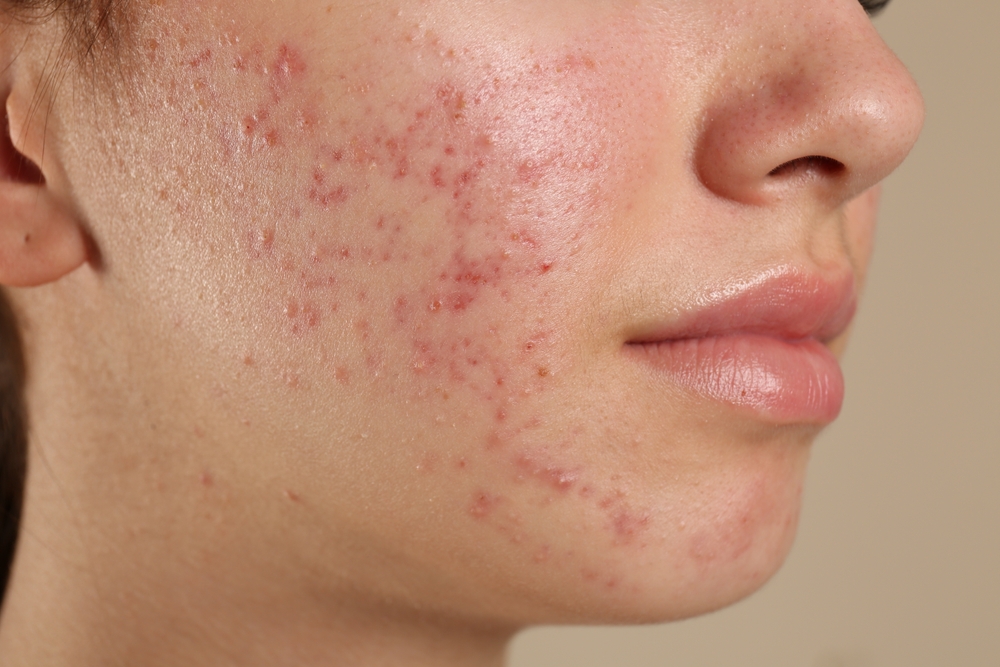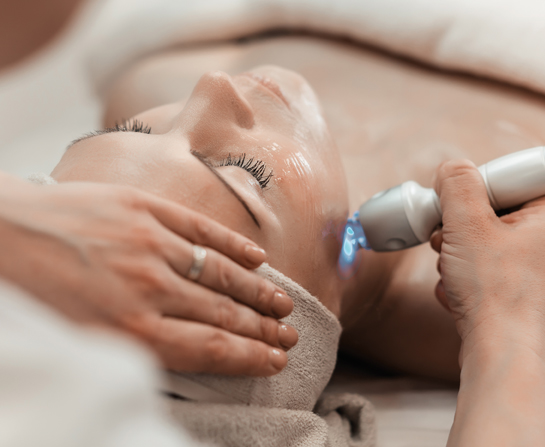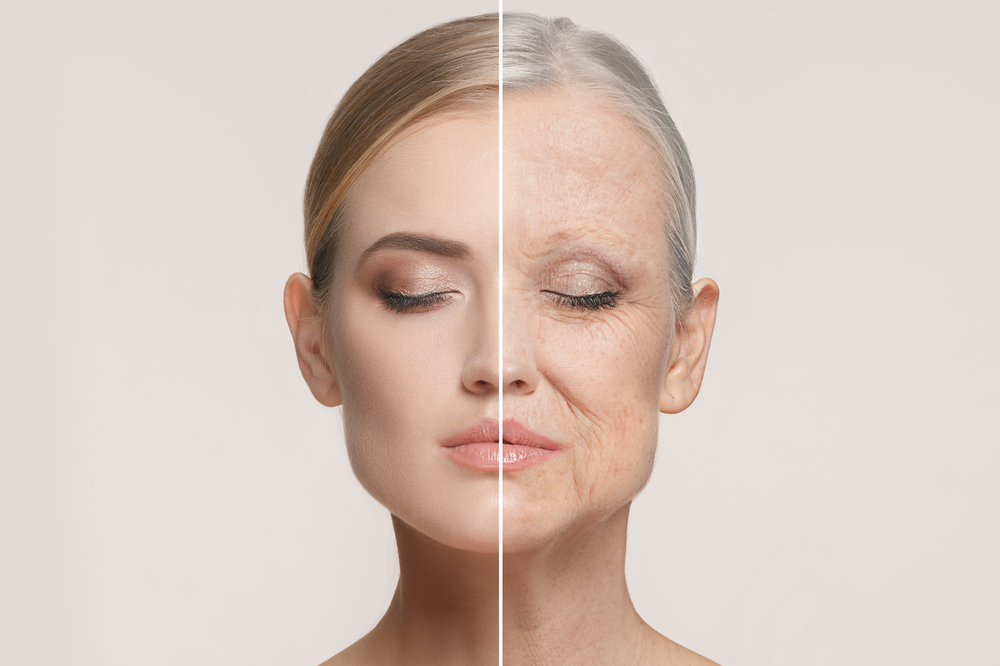Acne scars can leave a lasting mark, but TCA CROSS offers a targeted solution. This medical aesthetic procedure uses chemical reconstruction to smooth and improve scarred skin. While highly effective for certain types of scars, it has its limitations. Discover how TCA CROSS works, the advantages it offers, and what patients should know before treatment.
WORDS DR SIEW TUCK WAH
 FEATURED EXPERT FEATURED EXPERTDR SIEW TUCK WAH Medical Director Radium Medical Aesthetics |
Acne is a chronic or long-term skin condition that occurs when dead skin cells and sebum clog our hair follicles.
These follicles could be infected with the bacteria Propionibacterium acnes, more commonly known as P. acnes. Once an infection takes place, permanent atrophic scars may result.
While these scars do not impact one’s health in a significant manner, they may nonetheless cause significant psychological distress to the person bearing these scars.
TCA CROSS: A TREATMENT TO IMPROVE ACNE SCARS
TCA is an abbreviation for trichloroacetic acid, while CROSS stands for chemical reconstruction of skin scars.
- In other words, this is a treatment that uses TCA, in concentration of about 20% to 35%, to improve appearance of depressed scars.
- It can also be used to improve the effects of skin ageing.
- It is useful in treating atrophic acne scars — indented scars that heal below the layer of the skin— especially boxcar and ice-pick scars.
OFTEN USED IN COMBINATION WITH OTHER ACNE SCAR TREATMENTS
TCA CROSS is rarely performed as a standalone treatment.
It is often prescribed alongside other treatments such as microneedling, carbon dioxide (CO2) skin resurfacing laser, dermal fillers, etc as part of a customized suite of non-invasive or minimally-invasive treatments.
OVERVIEW OF THE TCA CROSS PROCEDURE
- Tiny amounts of TCA are injected into targeted area using a needle or toothpick.
- The skin may turn white, or ‘frost’, due to strong chemical activities burning the surface of depressed scars.
- These activities stimulate production of new collagen fibres by the skin in targeted areas.
- Over the next 4 to 6 weeks, the skin creates new cells to plump up the scar, resulting in smoother texture and reducing the appearance of the depressed scar.
HOW LONG IS A SESSION?
TCA CROSS is a straightforward treatment that can be done in a matter of minutes, depending on the number of scars that require treatment.
HOW MANY SESSIONS WILL I NEED?
- You should be able to see some results after the first session.
- However, doctors usually recommend a minimum of 3 sessions every 4 weeks to see visible improvements.
WHAT ABOUT THE SKIN ‘FROSTING’ AFTER TCA IS APPLIED?
- The frosting of the scar may last for about 12 hours.
- Subsequently, the treated area can turn red and inflamed.
- After a few more days, a small scab will develop, and this scab should fall after 3 to 7 days.
ARE THERE ANY SIDE EFFECTS?
The treatment is generally well-tolerated.
Some side effects that may arise include:
- Potential scarring if TCA is administered at the wrong place.
- Post-inflammatory hyperpigmentation when post-treatment care isn’t managed properly.
- Painful ulceration of the skin if TCA got into mucosal surfaces such as lips, eyes, nostrils etc.
- Prolonged skin irritation and redness.
POST-TREATMENT CARE TIPS
- Do not pick at the scab!
- You can still wash your face as normal and apply make-up or concealer.
- Apply sunscreen of at least SPF50 to reduce the chances of post-inflammatory hyperpigmentation.
| This article is part of a series that take a scientifically proven look at aesthetics and beauty. |









